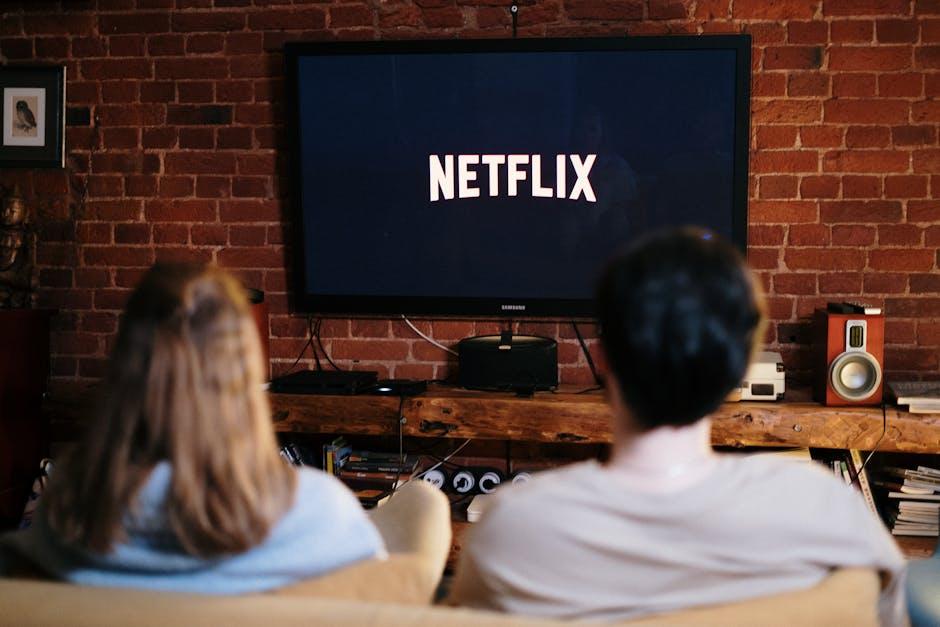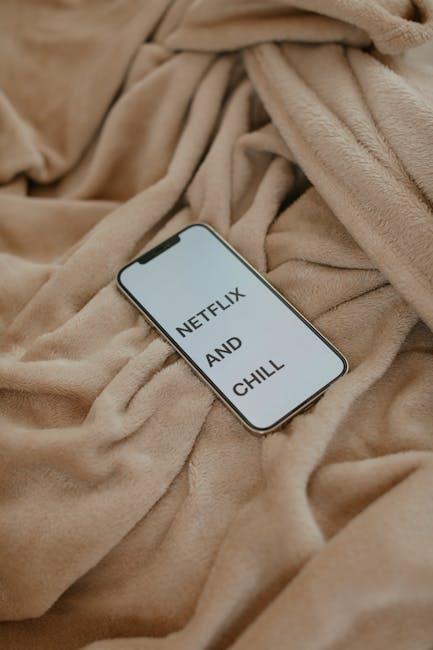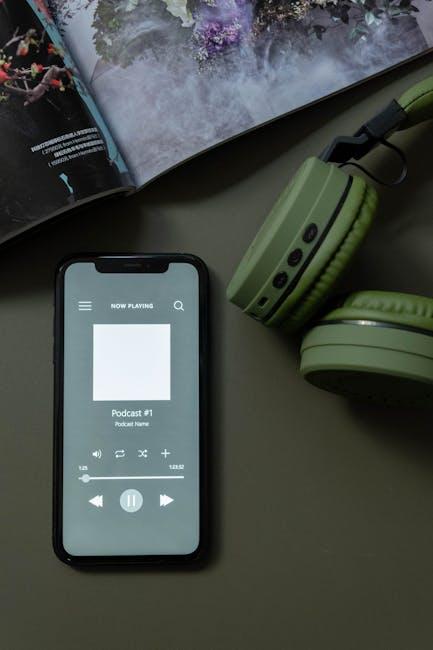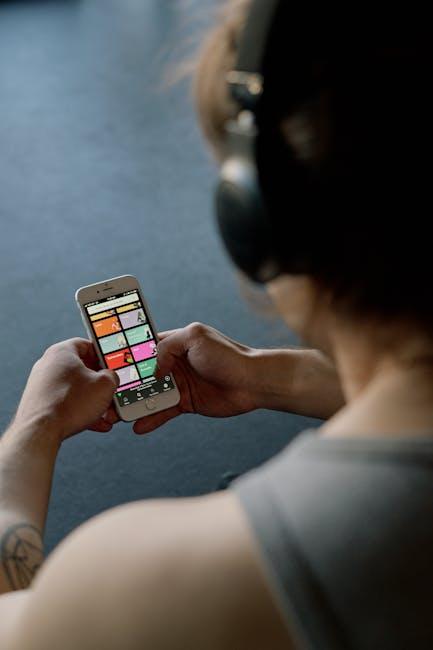In today’s digital age, the convenience of streaming content from a mobile device to a television has transformed how we consume media. Whether it’s enjoying the latest blockbuster, catching up on your favorite series, or sharing vacation photos with family and friends, connecting your mobile device to a TV can enhance your viewing experience. With numerous methods available, each offering unique benefits and compatibility options, it can be challenging to determine the best approach for your needs. This article explores the most effective ways to connect your mobile device to a TV, providing step-by-step guidance to help you make the most of your streaming experience. Whether you’re a tech enthusiast or a casual user, understanding these options will ensure you can effortlessly bring your mobile content to the big screen.
Understanding Connection Types for Mobile to TV Streaming
Streaming content from your mobile device to a TV can significantly enhance your viewing experience, but understanding the various connection options is crucial. There are several methods available, each with its own set of advantages and considerations. Here’s a breakdown of the most popular connection types:
- HDMI Cable: This is one of the simplest and most reliable ways to connect your mobile device to your TV. With an appropriate adapter, you can directly link your phone to the TV, providing a stable and high-quality video and audio connection. Ensure your device supports HDMI output for this method to work.
- Wireless Casting: Technologies like Chromecast, Apple AirPlay, or Miracast allow you to stream content wirelessly from your phone to the TV. This option is ideal for those who prefer a cable-free setup. Check your TV’s compatibility with these technologies before opting for wireless casting.
- Streaming Devices: Devices such as Roku, Amazon Fire Stick, or Apple TV can be used to facilitate the streaming process. These gadgets not only allow you to stream content from your mobile but also provide access to a variety of apps and services. Consider the ecosystem you are already using to choose the most compatible device.
By understanding these connection types, you can select the best method that suits your needs, ensuring a seamless and enjoyable streaming experience. Whether you opt for a wired or wireless connection, the key is to choose a method that aligns with your technical setup and personal preferences.

Choosing the Right Cables and Adapters for Your Devices
When it comes to linking your mobile device to a TV for streaming, selecting the appropriate cables and adapters is crucial for ensuring a seamless experience. The key is to consider both compatibility and quality to maximize your viewing pleasure. HDMI cables are the most common and reliable option for a direct connection, providing high-definition video and audio. If your device supports HDMI output, you’ll need a compatible HDMI adapter to bridge the connection. For iOS devices, a Lightning to HDMI adapter is necessary, whereas Android devices might require a USB-C to HDMI adapter. It’s vital to ensure the adapter supports both video and audio transmission to avoid any frustrating hiccups.
- Wireless adapters: If you prefer a cable-free setup, consider using a wireless HDMI adapter or a streaming device like Chromecast, which connects via your Wi-Fi network.
- MHL adapters: Mobile High-Definition Link adapters are another option for Android users, converting micro USB or USB-C ports to HDMI.
- Quality matters: Opt for cables and adapters from reputable brands to ensure durability and minimize signal loss.
Ultimately, the right choice depends on your device’s specifications and your personal preference for wired or wireless solutions. Prioritize compatibility and quality to enhance your streaming experience without unnecessary interruptions.
Wireless Solutions for Seamless Streaming
In the age of on-demand entertainment, having a reliable wireless solution to stream from your mobile device to your TV can significantly enhance your viewing experience. Here are some top-notch methods to ensure seamless streaming:
- Chromecast: This device plugs into your TV’s HDMI port and allows you to cast content from your mobile apps. Simply connect your Chromecast to the same Wi-Fi network as your mobile device, and tap the cast icon within supported apps.
- Apple AirPlay: For Apple users, AirPlay is a built-in feature that lets you mirror your iPhone or iPad screen to your Apple TV or AirPlay 2-compatible smart TV. Just ensure both devices are on the same Wi-Fi network and select the AirPlay icon.
- Miracast: Compatible with many Android devices and Windows PCs, Miracast allows you to wirelessly project your screen to a TV that supports this technology. No Wi-Fi network is needed as it creates a direct connection between your devices.
For those who value ease of use and minimal setup, these wireless options offer convenient and efficient ways to enjoy your favorite shows and movies on the big screen without the clutter of cables.

Optimizing Streaming Quality for the Best Viewing Experience
To ensure a seamless streaming experience, it’s essential to fine-tune your settings for optimal performance. Start by adjusting your TV’s resolution settings. Many modern TVs and streaming devices support 4K Ultra HD, but ensure your internet connection can handle the increased data load to prevent buffering. If bandwidth is an issue, setting the resolution to 1080p or 720p might offer a more stable experience without sacrificing too much quality.
- Use Ethernet over Wi-Fi: Whenever possible, connect your TV or streaming device directly to your router using an Ethernet cable. This reduces interference and provides a more stable connection.
- Close Background Apps: On your mobile device, close unnecessary apps to free up processing power and bandwidth for streaming.
- Update Firmware: Regularly check for and install updates for both your TV and streaming apps. Updates often include performance improvements and bug fixes.
Additionally, consider adjusting your streaming app’s settings. Many services allow you to select your preferred video quality. Opt for “Auto” to let the app dynamically adjust quality based on your connection speed. For those with data limits, setting a cap on video quality can help manage usage effectively.
To Conclude
connecting your mobile device to a TV for streaming can greatly enhance your viewing experience, offering a more immersive way to enjoy your favorite content. By understanding the various methods available—such as using HDMI cables, casting devices like Chromecast, or leveraging wireless screen mirroring technologies—you can choose the option that best suits your needs and technical setup. Each method has its own advantages and potential limitations, so consider factors like compatibility, ease of use, and your specific streaming habits when making your decision. With the right connection method, you can effortlessly bridge the gap between your mobile device and your TV, transforming your living room into a personalized entertainment hub.







































